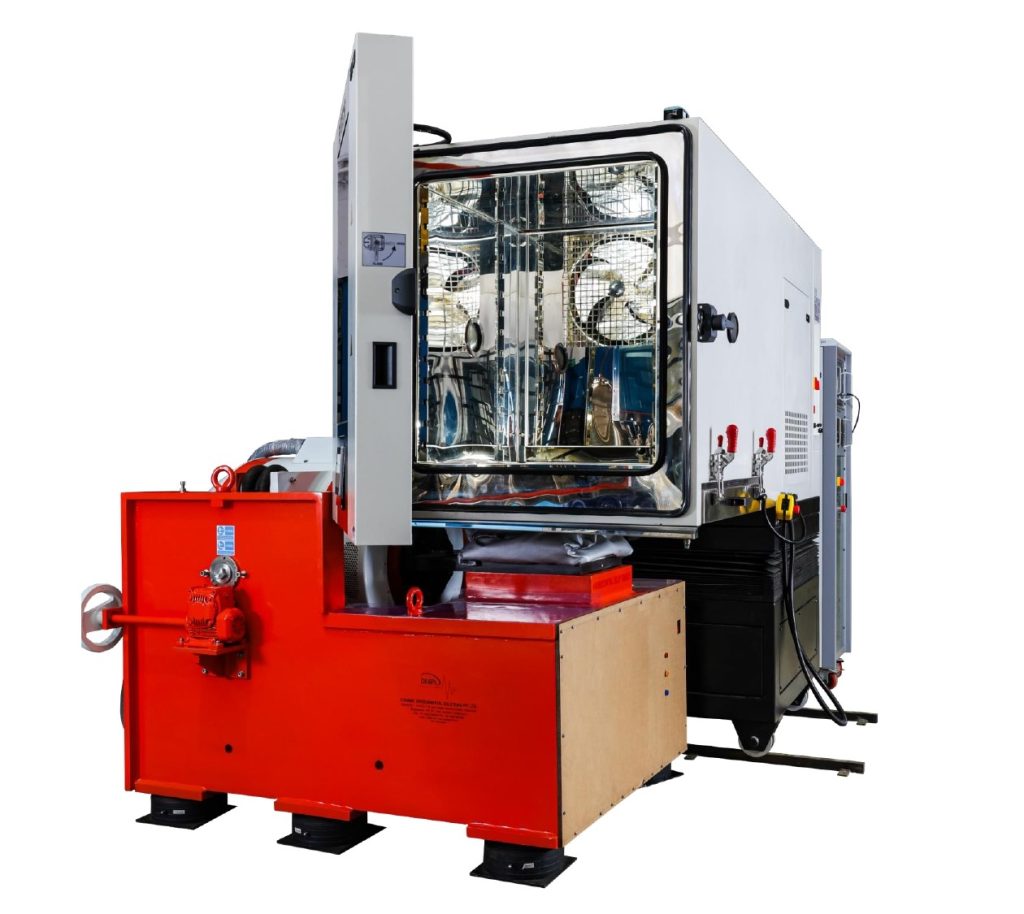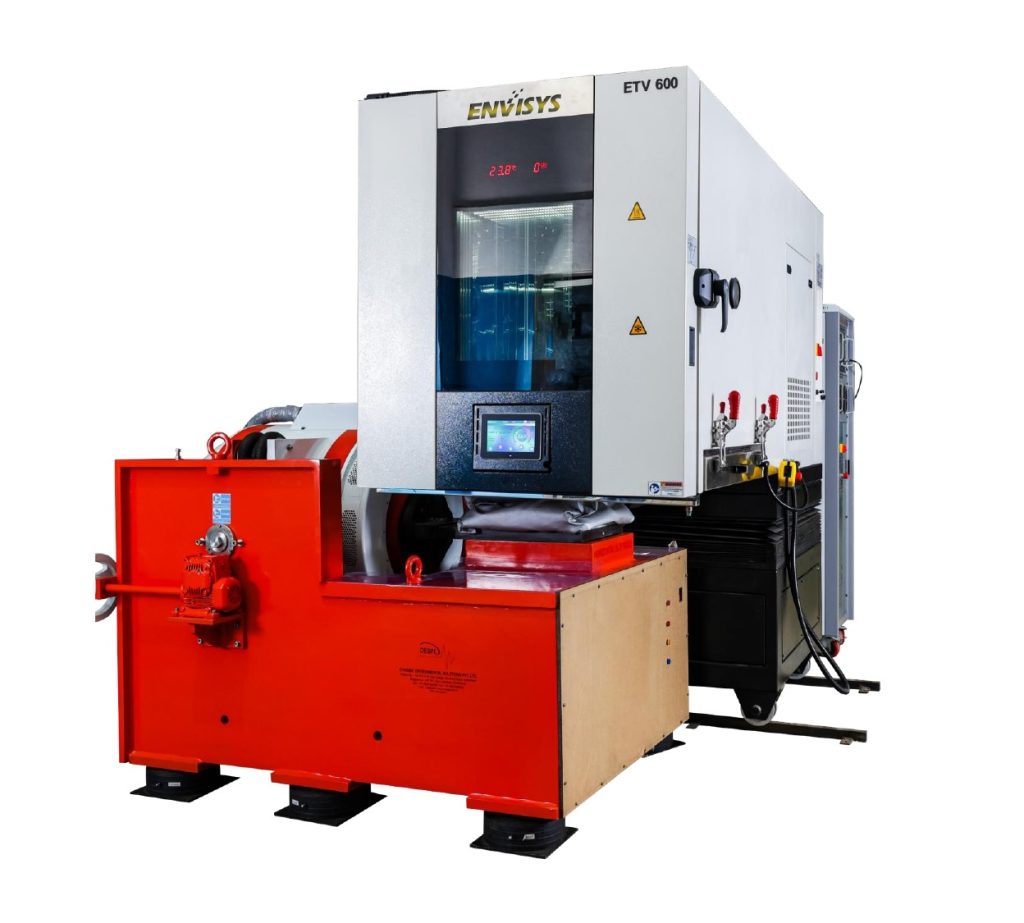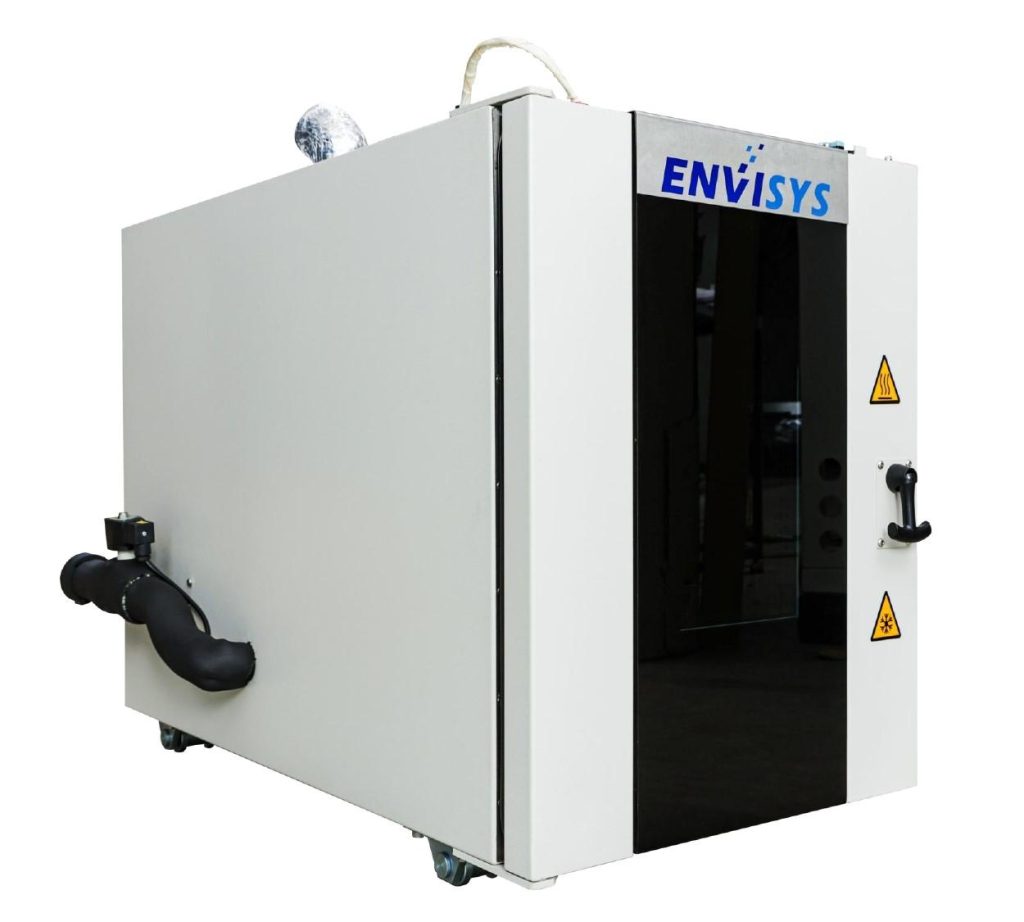
Discussions about industrial chillers are generally centered around cooling capacity, but the competitive edge is really found in something much more fundamental: process temperature stability. Precision isn’t necessarily about staying cold, it’s about achieving thermal equilibrium that has a direct bearing on your bottom line.
The True Cost of Temperature Fluctuations
As process temperatures wander even a little bit from their ideal range, the effects cascade through your whole operation. In injection molding, it takes a 2-3°C variation to produce warping, dimensional variations, and parts that are rejected. Pharmaceutical manufacturers have even stricter tolerances, where temperature volatility within drug formulation jeopardizes molecular structures and makes entire batches worthless. The laser cutting business suffers similarly. Without steady cooling, thermal expansion creates precision errors that total up along the course of production runs.
What such manufacturers often overlook is that these temperature oscillations impose an occult tax on productivity. Aside from the patently evident scrap expenses, fluctuating temperatures compel operators to frequently tune process parameters, increase cycle times for safety factors, and perform extra quality testing. The net result? Lower throughput, higher labour expenses, and compromised competitiveness in markets where speed-to-delivery is critical.
Why Traditional Cooling Systems Fall Short
The problem with traditional cooling methods arises from the fact that they are reactive. Simple chillers react to temperature increases after the fact, introducing an ever-present lag between heat production and cooling action. The reactive cycle creates temperature fluctuations that, although maybe remaining within acceptable limits, never quite reach equilibrium.
Dynamic heat loads are produced by industrial processes. A manufacturing process does not emit a steady heat rate—it varies with production rate, ambient conditions, raw material characteristics, and equipment duty cycles. Without smart thermal management, chillers either overcool during low-demand times or fail to keep up with demand spikes. Either way, energy is wasted and process stability is compromised.
The Engineering Behind True Temperature Stability
Modern industrial chillers from companies such as Envisys Technologies attain stability through a variety of built-in design principles that work in harmony. Excellent scroll compressors deliver smooth, constant refrigeration capacity instead of the on/off cycling which causes temperature fluctuations. Brazed plate heat exchangers optimize thermal transfer efficiency, reacting quickly to load variations with little temperature drift.
True innovation is in sophisticated microprocessor controls that forecast thermal requirements instead of merely responding to them. These systems constantly sense process temperatures, room conditions, and cooling load patterns to make preventive changes. Based on trends measured in milliseconds, they can foretell thermal demands and adjust cooling capacity prior to temperature deviations.
No less vital is the incorporation of primary and secondary pumping systems and bypass valves. Such an arrangement provides steady flow rates through process equipment despite cooling requirements changes, avoiding flow-induced temperature swings that beleaguer more basic systems. CPVC plumbing that resists corrosion means that inside system conditions remain stable throughout years of use, avoiding creeping system performance loss due to scaling or corrosion within.
Various industries require different amounts of thermal accuracy, and knowledge of these needs is important to choose suitable chilling options. In the food and drink industry, having stable
refrigeration temperatures avoids bacterial growth and retains product quality, but tolerances are fairly wide, usually between 2-3°C ranges.
Compare this to semiconductor production, where wafer processing needs to maintain temperature control to ±0.5°C to avoid microscopic defects. Chemical processing uses has special problems where exothermic reactions produce rapid, high-heat loads. In these situations, chiller capacity and response time can have a direct bearing on both product yield and operator safety.
Medical device production is another extreme, where material properties between molding, curing, or sterilization are influenced by temperature stability. A minor difference in temperature can change the molecular structure of the biocompatible materials, potentially affecting the performance of the device in critical uses.
The Measurable Impact on Process Efficiency
When companies move from simple cooling to precision temperature-control systems, the benefits go far beyond straightforward temperature measurements. Cycle times in manufacturing tend to drop by 8-15% since operators no longer have to make up safety factors for temperature fluctuation. That decrease translates directly into higher production capability with no added capital outlay.
Quality metrics also indicate impressive gains. First-pass yield rates usually increase by 5-10% as defects caused by temperature decline. This benefit accumulates throughout the production process, fewer rejections imply less raw material consumption, lower energy use, and less waste disposal expenses. In high-value products, even a minimal yield increase can result in significant annual savings.
Energy efficiency is another frequently overlooked advantage of temperature stability. Chillers operating within stable temperatures run nearer to their point of ideal efficiency, not expending the energy needed to recover from temperature deviations. Companies commonly report 15-20% decreases in cooling-related energy use subsequent to the installation of precision chilling systems.
Integration with Environmental Testing Ecosystems
For producers who carry out environmental testing and product verification, industrial chillers have a double benefit. In addition to facilitating manufacturing processes, they provide controlled thermal conditioning for test chambers that mimic actual operating conditions. That integration of production and testing environments brings synergies that translate to overall manufacturing quality.
Envisys Technologies, with experience ranging from environmental test chambers to altitude chambers and thermal shock systems, recognizes this integration. Their industrial chillers are designed not as isolated cooling devices but as part of integrated thermal management systems. This integrated perspective guarantees that temperature control spans from early product development to ultimate production verification.
Making the Strategic Choice
Choosing an industrial chiller by cooling capacity alone is the same as choosing a precision CNC machine by spindle power alone is irrelevant. Real process temperature stability involves thinking about system response times, control complexity, component quality, and reliability over the long haul.
Companies that focus on thermal accuracy achieve competitive benefits that reach far beyond short-term production statistics. They realize process stability that allows tighter product tolerances, greater production speeds, and the capability to handle sophisticated materials that require precise thermal conditions. In markets where product excellence and manufacturing efficiency dictate success, temperature stability is not a nicety, it’s a strategic necessity.
The question isn’t whether your operation can afford precise temperature control. It’s whether you can afford the concealed costs of not having it.


 The global
The global










